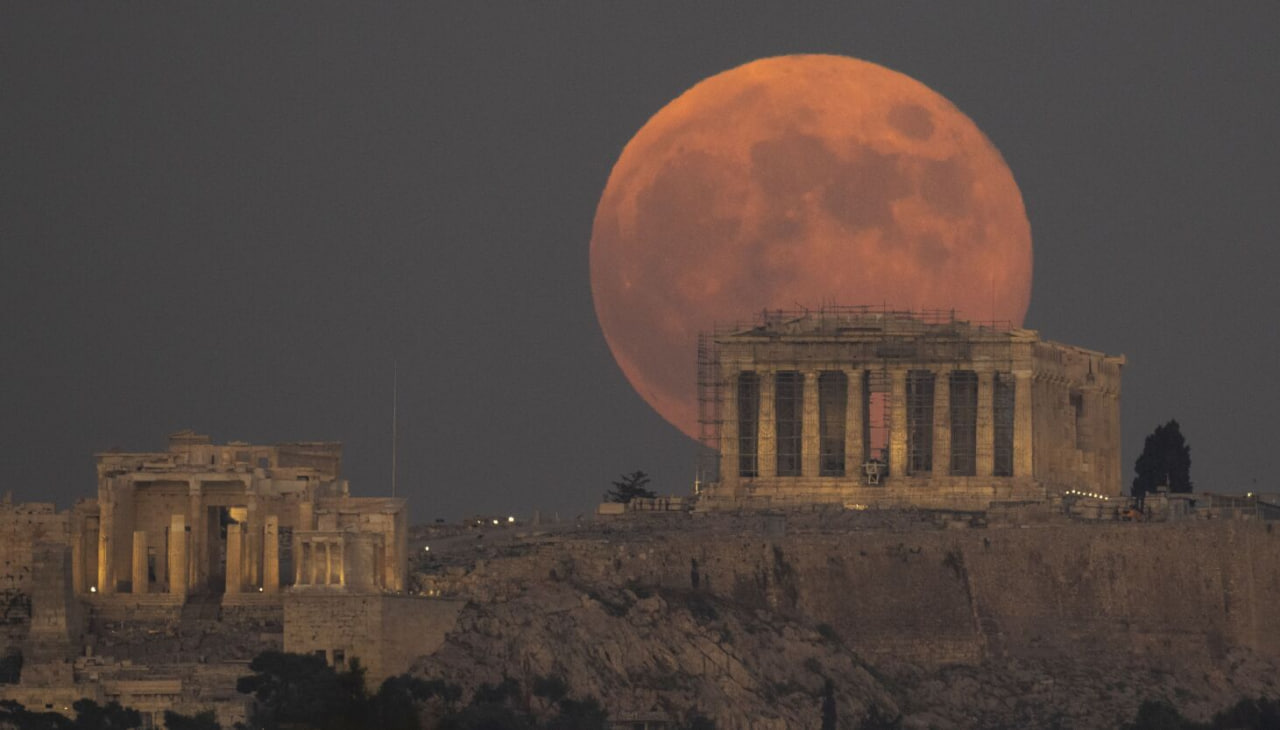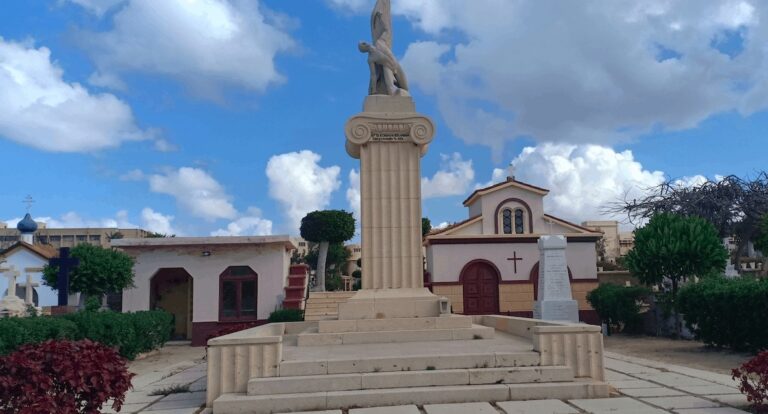The Parthenon isn’t the only structure digitally reconstructed for this app
While the ruins of the Parthenon appear plain white to the naked eye, a new app called “Chronos” from Greece’s Culture Ministry allows tourists to see the ancient Greek site with bright colors.
And, according to The Associated Press, this app is “the resolution of one of the world’s most heated debates on cultural heritage.”
The Parthenon is located on the Acropolis in Athens. The temple housed a massive statue of Athena in the middle of it and in ancient times, people would travel to the temple to pay homage to the goddess.
The aged marble of the Parthenon and loss of some artwork has created the cultural perception that the Parthenon (and other Greek ruins) were plain and without color, but the opposite is true. “Ancient art would have been a riot of colour and glitzy decoration,” Natalie Haynes wrote for BBC.
The app restores the “striking colors” of the sculptures and artwork adorning the Parthenon, which some tourists have said improved their experience.
“I didn’t know much about the (Acropolis), and I had to be convinced to come up here,” London tourist Shriya Parsotam Chitnavis told The Associated Press. “Seeing this has made it more interesting — seeing it in color. I’m more of a visual person, so this being interactive really helped me appreciate it.”
The Parthenon isn’t the only structure reconstructed for this app. Tourists can also use the app to see other monuments at the Acropolis, The Associated Press reported.
What is the Acropolis?
On a craggy, limestone hill overlooking the bustling city of Athens, the Acropolis sits on elevated ground and is home to several ruins. Religious buildings and civic structures stood on the ground there, according to Britannica.
A hill provides a natural place for defense, making it a useful spot.
“From both a religious and a military point of view, a hilltop site was highly desirable: militarily, because an acropolis had to be a citadel,” the editors of Britannica wrote. “Religiously, because a hill was imbued with natural mysteries — caves, springs, copses, and glens — that denoted the presence of gods.”
The Parthenon was one of the buildings located on the Acropolis. The ruins of it still exist.
When was the Parthenon built?
Work on the Parthenon started in 447 B.C.E. and continued until 432 B.C.E., according to Reed College.
Who designed the Parthenon?
“The celebrated Greek statesman Pericles is credited with the ordering the design and construction of the Parthenon as a temple for Athena — the goddess of wisdom, arts, literature and war,” according to the History Channel website. He commissioned architects Ictinus and Callicrates along with the sculptor Phidias to construct the temple.
Who was the Parthenon dedicated to?
The Parthenon was dedicated to the goddess Athena.
Source: Deseret







